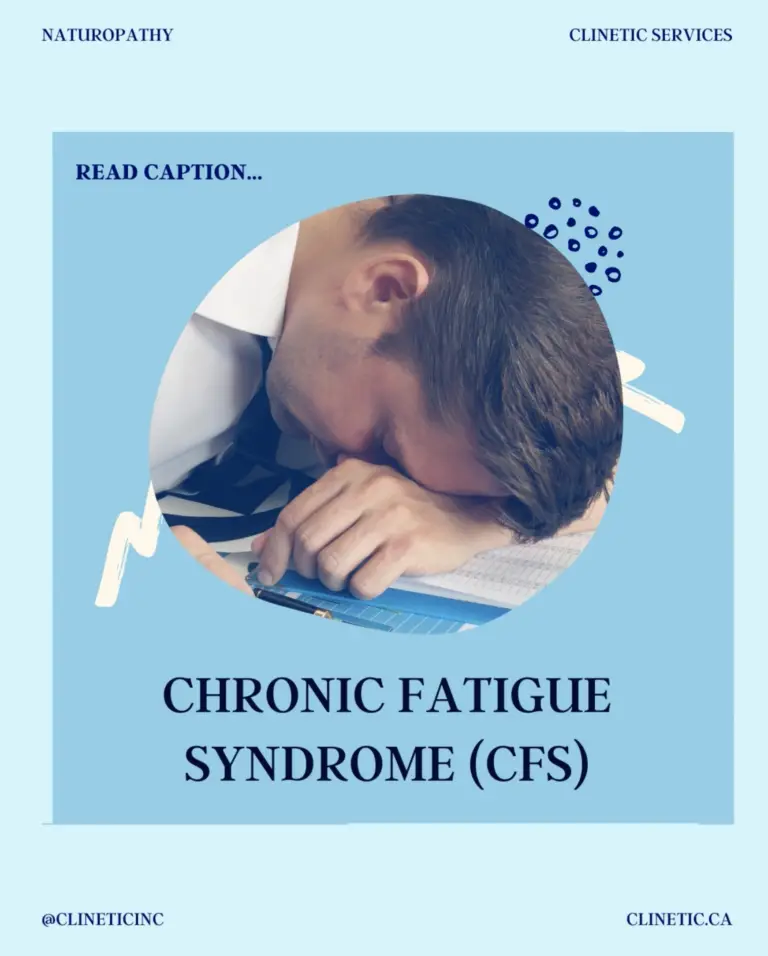

Fatigue could develop during a disease because of dissociation between the level of internal input (motivational and limbic) and that of perceived exertion from. Researchers have struggled to better assess and understand the etiology and classification of fatigue within different illness groups. Pathological fatigue is, thus, best understood as an amplified sense of normal (physiological) fatigue that can be induced by changes in one or more variables regulating work output. Chronic fatigue is a significant problem in many primary care settings, and the debilitating and prolonged nature of fatigue can pose significant economic consequences for society. Fatigue is a universal symptom reported by individuals in the general population as well as by those suffering from different medical and psychological illnesses, including cancer, multiple sclerosis, chronic fatigue syndrome, depression, and anxiety. Researchers have struggled to better assess and understand the etiology and classification of fatigue within different illness groups.ĪB - Abstract: Aid in understanding issues surrounding the construct validity of fatigue including the distinction between pathological versus nonpathological fatigue.


N2 - Abstract: Aid in understanding issues surrounding the construct validity of fatigue including the distinction between pathological versus nonpathological fatigue. Saving Earth Britannica Presents Earth’s To-Do List for the 21st Century.T1 - What is Fatigue? Pathological and Nonpathological FatigueĬopyright 2010 Elsevier B.V., All rights reserved.Britannica Beyond We’ve created a new place where questions are at the center of learning.100 Women Britannica celebrates the centennial of the Nineteenth Amendment, highlighting suffragists and history-making politicians.
#Pathological fatigue how to


 0 kommentar(er)
0 kommentar(er)
